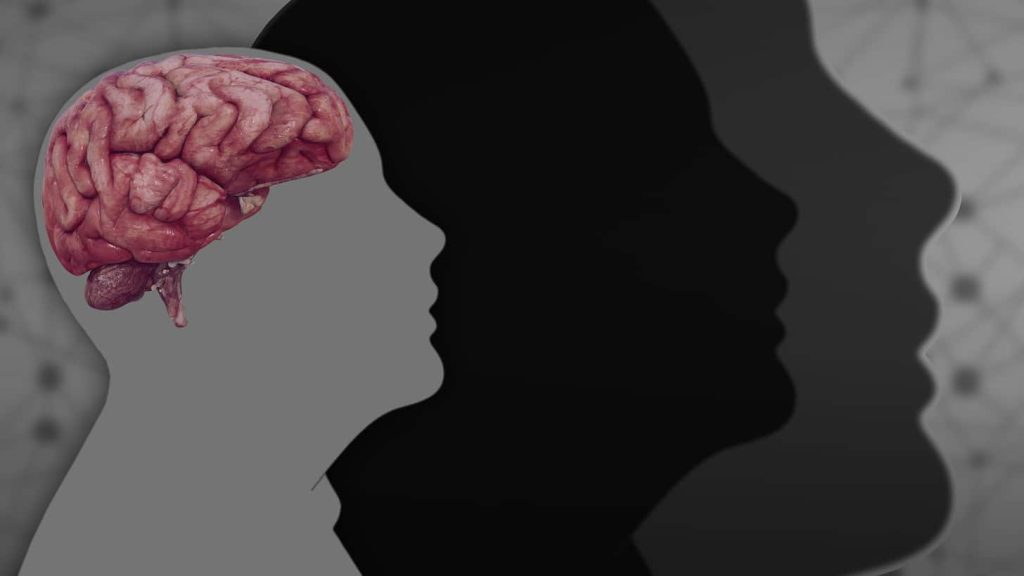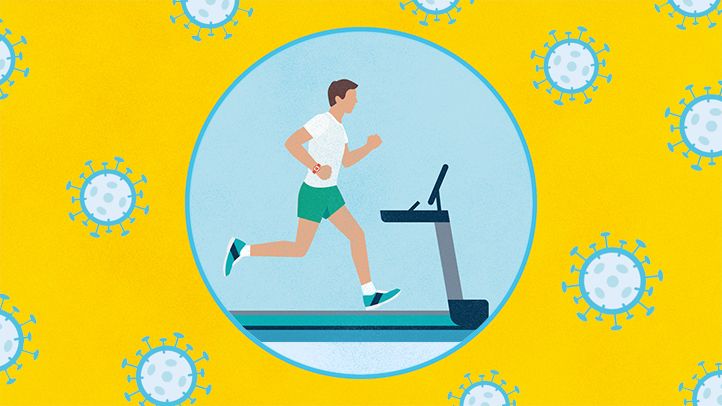Brain’s recycling system breaks down in Parkinson’s Disease
A recent study suggests that the usual house-cleaning activity of neuronal cells may fail in Parkinson’s disease. A buildup of damaged proteins in brain synapses, which may eventually result in patches of dead neurons, is one of the symptoms of Parkinson’s disease.
According to a study done on fruit flies called Drosophila, a calcium surge in healthy brain synapses starts the cleaning process by causing a protein that causes cells to throw away the waste. But, when a gene mutation known to cause Parkinson’s disease is present, the protein does not react to calcium’s signal as it should, and synaptic cleanup is not successful.

According to a recent study, the typical process for getting rid of broken-down proteins in brain cells is disrupted by a gene mutation linked to Parkinson’s disease. As a result, synapses may accumulate debris, which could lead to Parkinson’s symptoms.
Researchers used Drosophila, or fruit flies, to explore how calcium releases in neurons cause autophagy or cell cleaning, and how a gene mutation prevents this release.
In the synapses of persons with Parkinson’s disease, abnormal protein clumps called Lewy bodies are discovered. These Lewy bodies are mostly made up of clumps of the protein alpha-synuclein. Normally, alpha-synuclein participates in the communication between brain cells. Misfolded alpha-synuclein proteins, on the other hand, clump together and destroy neurons, leaving dead brain cells in their wake.
Dr. Warren D. Hirst of Biogen claims that the idea that Parkinson’s is brought on by a malfunction in autophagy is not new. The new study, however, meticulously outlines the potential culprits and underlying mechanisms of autophagy’s failure. (Dr. Hirst did not take part in the research.)
Parkinson’s disease
After Alzheimer’s disease, Parkinson’s disease is the neurodegenerative condition that is most frequently diagnosed. Parkinson’s disease affects almost one million Americans, and by 2030, that figure is projected to reach 1.2 million. Parkinson’s disease affects about 10 million individuals globally. In the United States, almost 90,000 new cases are diagnosed yearly.
Critical basal ganglia dopamine-producing neurons die in the disease’s advanced stages. This area of the brain regulates movement.
The primary signs of Parkinson’s disease are:
- a shaking sensation in the hands, head, arms, jaw, or legs
- slow motion
- tense muscles that have been clenched for a long time
- reduced balance and coordination, with a risk of falling
Parkinson’s disease may also result in skin concerns, bladder problems, constipation, trouble eating, chewing, and communicating, as well as sadness and other emotional disturbances.
The majority of Parkinson’s patients are over 60 years old, while 5% may be diagnosed earlier. The extent to which the condition may be inherited is unclear.
It’s crucial to remember that everyone is affected by the ailment differently; some people may have more severe symptoms, such as losing all mobility, while others may still just have mild symptoms. Although there is no known cure for Parkinson’s disease, there are treatment options that can help manage the symptoms, including drugs, deep brain stimulation (DBS), and treatments.
Parkinson’s disease may also result in skin concerns, bladder problems, constipation, trouble eating, chewing, and communicating, as well as sadness and other emotional disturbances. The majority of Parkinson’s patients are over 60 years old, while 5% may be diagnosed earlier. The extent to which the condition may be inherited is unclear.
It’s crucial to remember that everyone is affected by the ailment differently; some people may have more severe symptoms, such as losing all mobility, while others may still just have mild symptoms.
Although there is no known cure for Parkinson’s disease, there are treatment options that can help manage the symptoms, including drugs, deep brain stimulation (DBS), and treatments.
Calcium, autophagy, and Parkinson’s risk
It is “a basic mechanistic work taking a mutation that is known to raise the incidence of Parkinson’s, and investigating what that mutation does in a fruit-fly model of Drosophila,” according to neuroscientist Dr. Santosh Kesari, who was also not involved in the study.
The researchers discovered that the earliest indirect trigger of autophagy in Drosophila was an influx of calcium at brain synapses. Also, they found that these synaptic calcium surges can be brought on by either neuronal activity or by depriving cells of amino acids.
Associate Professor of Neurology Ian Martin, who was not involved in the study, stated, “The authors give considerable data suggesting a role for calcium in the onset of autophagy within Drosophila synapses.
According to Asst. Prof. Martin, “A variety of approaches, including biochemistry, genetics, synaptic physiology, and microscopy, are generally well-supportive in the study of the idea that synaptic autophagy could be coupled to neuronal activity, and that this autophagy is required for neuronal survival.” Autophagy, according to Dr. Kesari, “is the cell’s trash disposal.”
Parkinson’s disease and EndoA
The study then showed that a mutation in the Endophilin-A protein, also known as “EndoA,” which is linked to Parkinson’s disease, is responsible for the relationship between calcium and autophagy.
The endolysosomal system, which includes EndoA, has been linked in other research as a putative early pathomechanism causing Parkinson’s disease and alpha-synuclein aggregates.
Normally, the calcium influx increases EndoA’s flexibility, allowing for the creation of the autophagosomes that power autophagy. However, the study discovered that in those who have the Parkinson’s-related mutation, the calcium influx makes EndoA stiffen, and this stiffness prevents the creation of autophagosomes, which in turn prevents autophagy.
So, the new work is distinctive in two ways: it focuses on autophagy particularly at synaptic terminals and shows how the Parkinson’s disease-related gene mutation prevents the process from starting.
Making use of the study’s insights
According to studies from human post-mortem tissue, Asst. Prof. Martin said that the idea that autophagy failure plays a role in Parkinson’s is validated. Beside EndoA, Parkinson’s disease is also thought to be caused by pathogenic mutations in proteins including alpha-synuclein and LRRK2.
Autophagy abnormalities are frequently implicated in Parkinson’s disease-related neurodegeneration, according to genetic studies.
In conclusion, Dr. Kesari remarked, “We need to think about how we can use this information to improve autophagy.” The next phase of the research with human cells is still to be completed.
A crucial, $64,000 question, according to Dr. Hirst, is how to accomplish this. The field is still looking for agents that boost autophagy. This still presents difficulties.
REFERENCES:
- https://www.medicalnewstoday.com/articles/parkinsons-disease-how-brains-autophagy-recycling-system-fails
- https://www.uq.edu.au/news/article/2023/02/how-brain%E2%80%99s-recycling-system-breaks-down-parkinson%E2%80%99s-disease-0
- https://www.techexplorist.com/brains-recycling-system-breaks-down-parkinsons-disease/57198/
- https://neurosciencenews.com/parkinsons-genetics-recycling-22568/
- https://www.m3india.in/contents/clinical_news/how-the-brain-s-recycling-system-breaks-down-in-parkinson-s-disease
For more details, kindly visit below.
